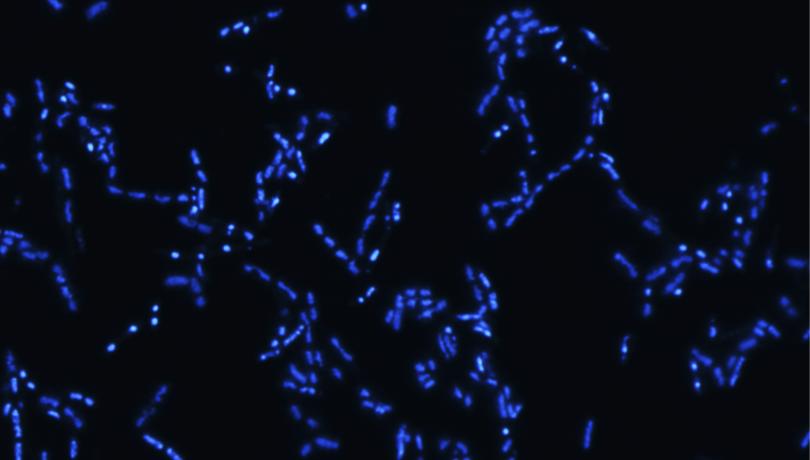The findings are reported in a study led by ICM researchers that has also demonstrated the metabolic versatility of the deep-sea microbiome by analysing metagenomes collected at a depth of 4,000 metres.

Most of the ocean’s life is isolated from sunlight, our planet’s primary energy source. We are talking about the deep ocean microbiome that inhabit from 1000 to 4000 m deep and that, apart from the lack of light, has to cope and adapt to the high pressure and low temperature characteristics of this ecosystem. Even these microorganisms play a pivotal role in biogeochemical cycles on a planetary scale, most of them are still uncharacterized.
A new study led by Institut de Ciències del Mar (ICM-CSIC) researchers has now characterized novel microbial genomes and revealed the wide metabolic versatility of the deep ocean microbiome by analyzing metagenomes collected at 4.000 meters during the Malaspina 2010 Expedition, which aimed to shed light into the dark ocean by surveying bathypelagic microbes from tropical and subtropical latitudes of all major oceans.
So far, it had been assumed that these microorganisms, most of them bacteria and archaea, were primarily heterotrophic, relying on organic matter exported from the sunlit layer through sinking particles (zooplankton faecal pellets, phytoplankton aggregates, and other types) but the production of complex organic molecules from CO2 in absence of light (chemolithoautotrophy) has also been considered as a possible strategy supporting the high respiratory activity observed in the dark ocean.
However, the work published now suggests that the mixed strategy, that is, the mixotrophy, which refers to the ability of using different sources of energy and carbon to function either as autotroph or heterotroph, is an ecologically relevant trait of the deep ocean driven by different bacteria and archaea.
“After analyzing 58 microbial metagenomes from the bathypelagic ocean (mostly from 4000 m depths), we constructed the Malaspina Gene DataBase (M-GeneDB) with more than 600.000 genes that are unique of these microbial communities and had not been observed before”, explains the ICM researcher and main author of the study Silvia G. Acinas who adds that "63% of these genes couldn't be associated to any known function, and they would be surely important for the deep ocean ecosystem functioning”.
“With these metagenomes, we reconstructed 317 deep-ocean microbial draft genomes many of them with a high degree of completeness. This genome collection includes a remarkable taxonomic novelty, with more than 68% of the bacterial genomes, and more than 58% of the archaeal genomes, representing yet undescribed species", highlights Pablo Sánchez, another ICM researcher that has participated in the study. For him, “this will be a unique resource for the scientific community to test further hypothesis about the functioning of the deep ocean".
The study, published in the broad scope and open access journal Communications Biology, also reveals novel genomes of chemolithoautotrophic and mixotrophy prokaryotes and non-cyanobacterial diazotrophic bacteria - microbes that are capable of fixing nitrogen. Interestingly, some of these nitrogen fixers genomes have at the same time the genetic potential for autotrophy and this strategy has never reported before at the deep ocean.
In this sense, the ICM researcher and the Malaspina Microbial Coordinator, Josep M. Gasol, points out that “Interestingly, the microbial communities that live freely in the water column (the free-living microbes) are metabolically different from those that are mostly associated with particles (particle-attached microbes) in this unexplored ecosystem regardless of their biogeography”.
This study is a joint effort led by the ICM in which have also participated researchers from different national (ULL, IEO, CNB) and international institutions (CNRS, ETH, Aix Marseille University, ULB-VUB, Kyoto University, The Ohio State University and KAUST, among others).